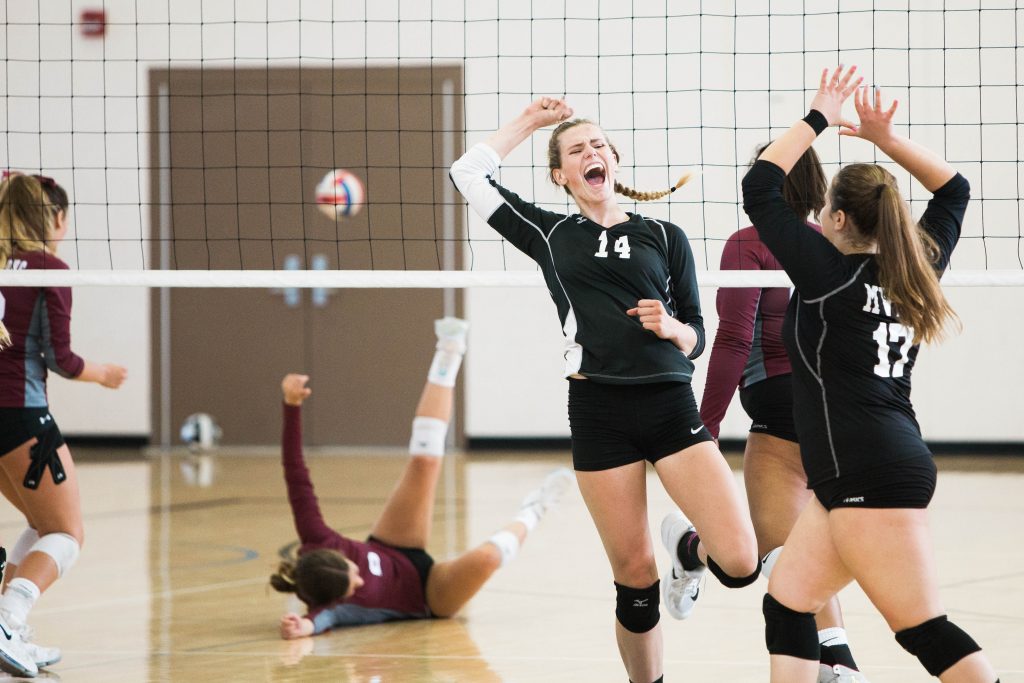Athletes drink more alcohol

Someone who sports is healthy. For example, athletes are less likely to be overweight, smoke less and eat healthier than the average Dutch person. How contradictory it is to read that 70% of the weekly athletes drinks more than 1 glass of alcohol per day compared to 53% of the non-weekly athlete.
These results can be found in the fact sheet 'Sports participation, alcohol consumption & health' of the Mulier Institute, based on data from the RIVM/CBS lifestyle monitor. This report also states that of the weekly athletes, especially field athletes drink a lot. That has everything to do with the infamous 'third half'. 82% of them drink more than 1 glass a day. In addition, people who feel healthy are more likely to drink more than 1 glass per day compared to people who feel less healthy.
AA Drink vs Beer
We already mentioned the third half. After a game of football, hockey, rugby, korfball or a game of tennis, the cafeteria, stool and beer beckon. In 2019, the same Mulier Institute conducted research into healthier sports canteens. To this end, he researched, among other things, the alcohol policy in sports canteens. The results show that alcohol is served in 92% of the sports canteens. Alcohol is available in almost all sports canteens, as can be seen from these figures.
The study also showed that a large number of associations are asked about age when selling alcohol (84%). A majority of sports associations have a policy that no alcohol is served to intoxicated canteen visitors (63%). The policy in sports canteens usually means that house rules have been drawn up for the use of alcohol (54%) and that members who work in the canteen have a Responsible Alcohol Serving Instruction (54%).
Future alcohol use in sports canteens
Healthy aging is less successful if you drink too much structurally. The government is also committed to a healthier lifestyle. That is why the National Prevention Agreement (2018) was established, which tackles overweight, smoking and problematic alcohol use. In order to combat problematic alcohol use in sports canteens, the participating parties in the Problematic Alcohol Use Prevention Agreement have expressed the ambition that by 2025 at least 50% of sports associations with their own club canteen offer a healthy sports environment. The goal is for this percentage to increase to 80% by 2040.
How is this goal achieved?
The Prevention Agreement on Problematic Alcohol Use includes a number of measures to ensure that by 2040 80% of sports associations with their own sports canteen offer a healthy sports environment. You can read about these measures here.
-The link between sport and alcohol must change. From 2019, for example, amateur sports clubs will no longer enter into new contracts with beverage manufacturers for alcohol advertising along sports fields.
-Model canteens in sports are developed and implemented where all aspects of a healthy sports environment are used, tested and monitored. Based on these experiences, national guidelines and interventions can be (further) developed.
- In addition, a Healthy Governance Module is being developed and deployed to encourage sports clubs to offer a healthy(er) sports environment. In addition, 2500 sports associations are supported in realizing a healthy(er) sports canteen.
-Employees and volunteers serving alcohol in sports canteens must complete a course by 2025 at the latest. So that they can adhere to the age limit for alcohol sales. And that they know how to deal with drunk people.
-In 2040, sports canteens will no longer offer happy hours or meters of beer.
Source: government.nl and Source: trimbos.nl


